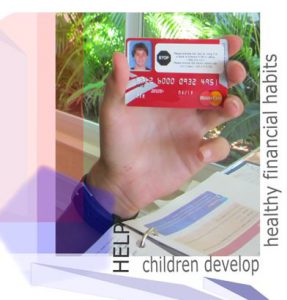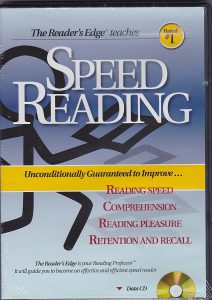Personal finances
First credit card
Personal finance is a high school elective, which we covered in middle school. My sons learned about checking and savings accounts, the importance of saving for retirement (401K and pension), insurance (house, car, medical and life), credit score, and house and car loans. They applied for their first credit card when they were 15 years old as authorized users on our account. Bank of America, Citi, Wells Fargo, Capital One, and Chase do not have a minimum age requirement. Having a credit card at a young age can teach children responsibility and helps establish credit. Some banks do not report the authorized user to the credit bureau, helping their credit history. A credit card is necessary when students go away to college to cover incidentals.


